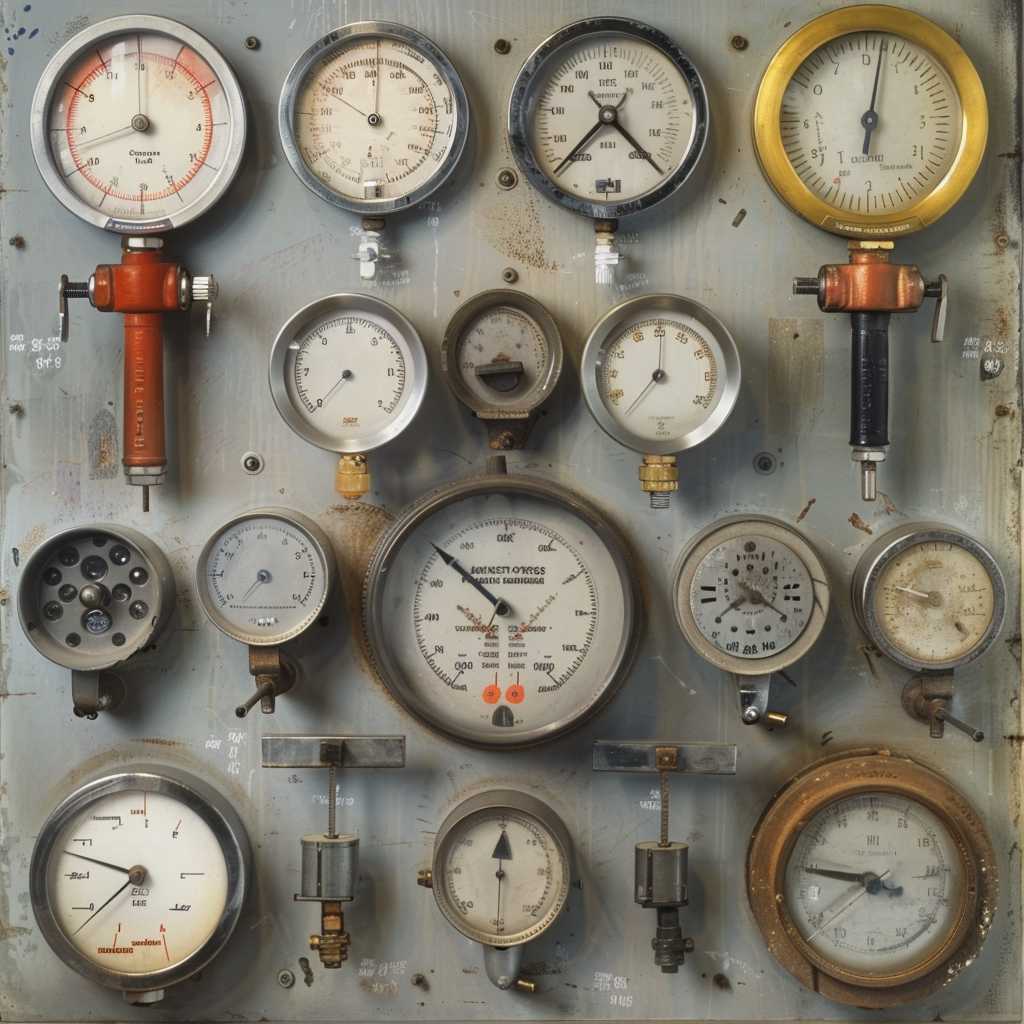Understanding Gauge: An Overview of Its Significance and Varieties
In the fields of science, engineering, and various trades, the term “gauge” signifies a diverse range of tools and references that measure, evaluate, or regulate the physical characteristics of objects and materials. From the precise measurement of materials thickness to ensuring the compatibility of components, gauges play an instrumental role in a myriad of applications.
Gauge in Measurement and Thickness
Arguably, one of the most common applications of the term “gauge” relates to the measurement of thickness or cross-sectional diameter. This can pertain to wires, sheet metal, or even the thickness of fabric or paper. The gauge system used for this purpose can vary significantly between materials and industry standards. For instance, with metals, a higher gauge number typically means a thinner piece of metal, which contrasts with wires where it can be the opposite.
Pressure and Vacuum Gauges
Gauges are critically important in the measurement and control of pressure within pipes, tanks, and other vessels. Pressure gauges are employed to monitor hydraulic or pneumatic systems’ efficiency and safety. Vacuum gauges, on the other hand, are essential in applications requiring a specific degree of vacuum pressure to ensure proper functioning, such as in refrigeration systems or semiconductor manufacturing.
Fuel and Temperature Gauges on Vehicles
Vehicular operation critically relies on gauges to communicate vital information to the driver. Most prominently recognized on the dashboard are fuel gauges which display the remaining fuel quantity, thus alerting drivers when refueling is necessary. Temperature gauges also provide feedback about engine heat to prevent overheating that could lead to mechanical failures.
Electronic and Digital Gauges
Advancements in technology have remarkably transformed gauges from simple mechanical or analog devices to sophisticated electronic instruments that offer higher precision and ease of use. These digital gauges can possess enhanced feature sets such as data logging, wireless communication capabilities, touchscreen interfaces, and improved accuracy that make them invaluable tools in complex systems and data-oriented processes.
Use of Gauge in Industry-Specific Contexts
Depending on the sector, “gauge” may denote particular instruments or metrics. In the rail industry, for example, it refers to the distance between rails on a railway track — critical for locomotive compatibility and safety. In shotguns, gauge indicates barrel diameter which correlates with power and intended use. Adopted from historical practices using balls as projectiles, gauge definitions can influence compatibility with ammunition and performance expectations.
Gauge versus Gage: A Terminological Note
It is worth mentioning briefly that “gauge” has an alternative spelling: “gage.” In some regions and older literature/documents, “gage” is an acceptable substitute. Although modern standardized English has largely settled on “gauge,” understanding both terms can be useful in comprehending historical texts or regional variances.
Standardized Gauge Systems
Standardization agencies across industries have developed specific gauge systems that assure uniformity and quality control throughout production processes. Recognized standard gauge measurements such as AWG (American Wire Gauge) for electrical wire diameters are utilized around the globe to maintain consistency.
